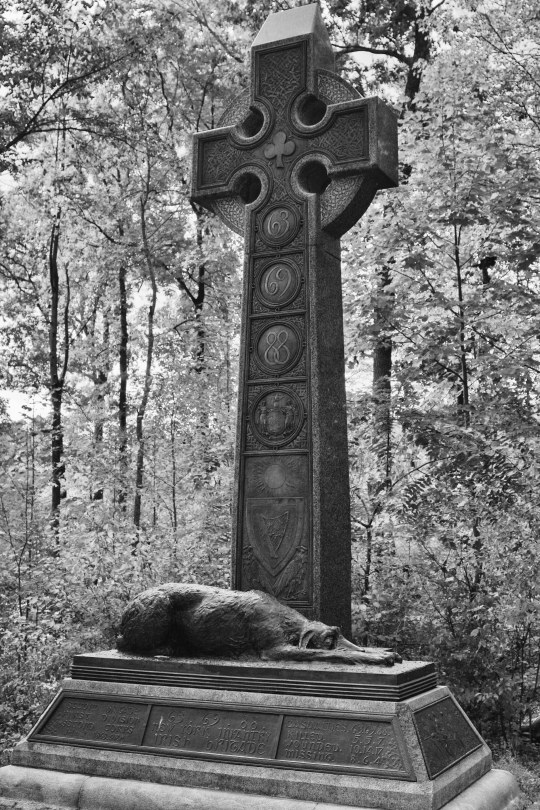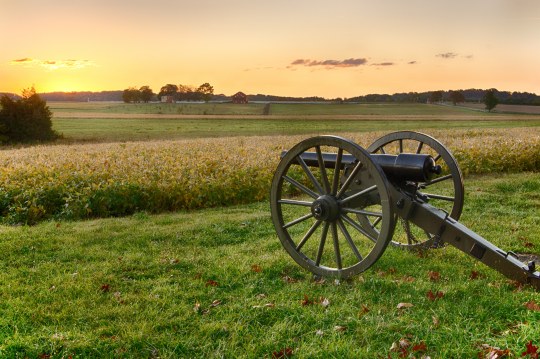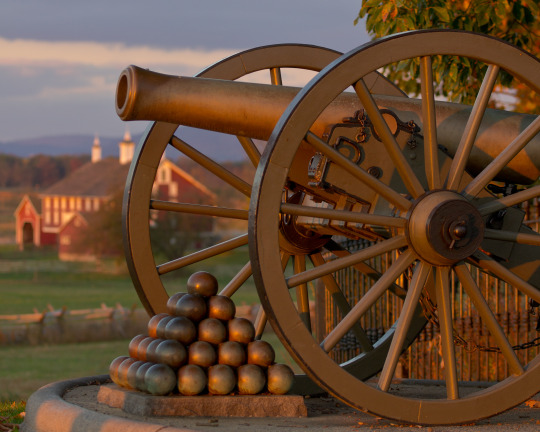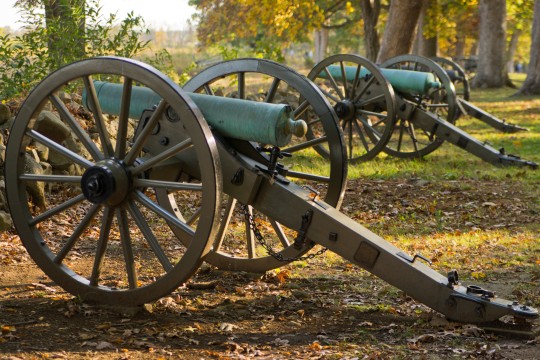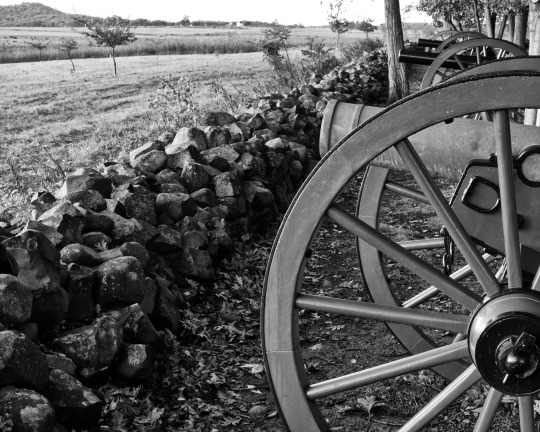Post: # 18819Post
deaner1971
Mon Aug 17, 2015 8:44 am
Al,
The comparison to fighting in a "burning building" is apt. People forget that military weapons today use "smokeless powder". The guns of that era used a far less efficiently burning form of gun powder. Also, the cartridges were (for the most part) made of paper, which also would have created smoke.
There are stories about artillery men trying to use their hats and caps to wave the smoke away so that they could see what they were doing. It would have been a terrifying place. One of my favorite quotes about battle is "it is the loneliest place on Earth, that men share together."
Col. Porter (Gen. Longstreet's head of artillery and, effectively, the head of Confederate artillery though there was a nominal head whom I will discuss shortly) was excellent. He directed the fire on Cemetery Hill on July 3rd.
In my amateur opinion, the Confederates were hampered by three factors:
1. Fuses - the Confederates had good artillery and lots of it. They got some from Britain (the Whitworth cannon being a rare but interesting example) via blockade running and they got a great deal of it by way of holding the field in the early battles of the war (i.e. capture). What they lacked were high quality fuses. Their fuses tended to not detonate the rounds (a factor in the bombardment) or explode early. Those early explosions would shower the Confederate attackers in friendly shrapnel (friendly shrapnel having the same effect on human flesh as any other kind). On more than a few occasions, angry infantry officers pointed revolvers at their artillery brethren and informed them that the next "short round" would result in additional casualties for the artillery, as well. as a result, Confederate artillery, during assaults, tended to fire a bit high. Rounds failing to detonate ran into the double digit percentages, however, and hampered the bombardment.
1a. Ammunition - the Confederates had a senior general nominally in charge of all artillery. He was generally relegated to staff duty and others (Porter in particular) given field command. On the third day, however, he feared that Union counter-battery fire would put the ammunition reserves at risk so, he ordered them moved farther to the rear. This meant the battle would be fought with only the ammo on hand.
2. Ground - infantry attacking uphill is hard but, artillery hitting the top of a ridge or hill, from lower ground, even more so. Short shots hit the hill and burrow or detonate and long shots carry past the hill and hit in the rear. Add the aforementioned smoke and you are going to struggle to hit anything at the peak. Also, Lee's forces were in a wide arc and Meade's in a more compact inner arc. Picture kids playing duck-duck-goose. Imagine one kid has to run around the group and the other gets to cut across the center. Lee's reinforcements were more spread out and had to run around the circle to get to any place. Meade's men just had to run across the center and were more densely packed. If Lee had shifted reserves, he would have exposed himself to a counter-attack at other points in his line (that he should have faced a counter attack or not is a great debate for the ages). Finally, Lee chose to attack across low open ground.
* Artillery - I do not believe the impact of rifling was not as big a part of "Pickett's Charge" as others have thought. The reason being that the Union held its fire until well within the range of smooth bore guns. The Union head of artillery knew that the bombardment was the precursor to infantry and ordered his artillery not to get into an artillery duel and to conserve their rounds for the assault. This caused a hot confrontation between 2nd Corp commander Hancock and every artillery man that he ran into but, it was the right call. Not only did the lack of return fire save the ammunition for repulsing the attack, it also convinced the Confederates that Union artillery must have been crippled by the bombardment (its intended effect). This incorrect assumption resulted in the attack moving on.
The devastation that was wrought was mainly from shorter range ammunition like case shot and canister. A few cannons were able to use solid shot to great effect from enfilade (firing down the length of a line or troops, rather than head on). The ground plays a factor here, as well. With the right downward angle, a solid shot round can be "bowled" so that it bounces off of the ground (at about waist to head height) and remains lethal for a hundred yards or more. That cannot effectively be done firing uphill.
3. Troops - Lee chose well known but, battle weary troops across different Corps. They were shot up and tired (even the ones new to the battle marched all night and were thrown right into the fight) and unfamiliar to each other. Lee's best tactician (Longstreet) had his opinion ignored and was assigned to wage an assault he was sure would fail. Meade, on the other hand, had tough Generals at that point in the line and troops available to fill breaches in the lines. Meade's men fought hard and their leader's played a perfect game that day. They exploited weaknesses and defend resolutely.
I agree completely on the pain of war. When I arrive at the battlefield, it is still night (some areas are public and can be visited at that time, others are NP land and off limits until sunrise). Gettysburg, though much expanded since July 1863, remains a small town so, the night sky is free of light and sound. I feel at peace here. In my mind (and, more often than I care to admit, out loud) I thank the men who fell for their service and ask their forgiveness for finding such beauty in a place of such human devastation. I don't have any fear here. Put me in a creepy old house and I am ready to wet my pants, cry like a baby and run for an exit (and not in any set order) but, here I feel peace.
Only when the sun rises and I start to move through each day's actions do I appreciate the human suffering. I think about the men wounded and parched under the hot July sun. I think about the carnage that drove streams red with blood. I think about how the roar of the cannon must have been preferred to the sad sounds of the wounding crying out for water and mercy in "no-man's land" between the lines. There is an area of the battlefield into which I do not venture. In that spot, imperfectly led men died in perfect rows. A mass grave was dug and their bodies dumped in a mass grave until disinterred to journey south. If the corn has not yet been harvested, the foot path to their temporary resting place looks like a dark tunnel through the corn rows. I have never visited that spot and never plan to.
Otherwise, the battlefield is a place of solemn finality. It is a place that needs to exist. Humans too easily forget their past and the causes of war. We need to embrace the unity that the blood of that place consecrated as an American bond. I feel welcome there because I believe I see that place and think what they want us to think "Never Again".
Sorry for the crazy long post. A bit of a passion of mine - Gettysburg. In case you couldn't guess.
